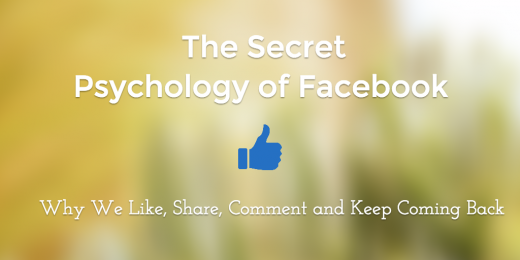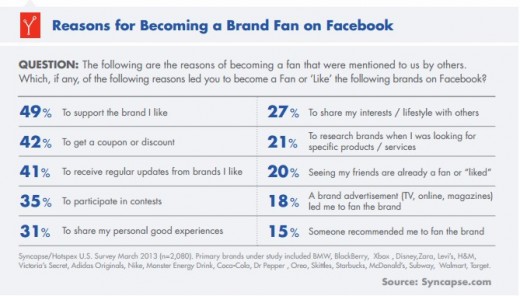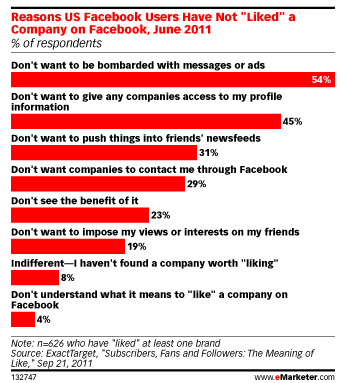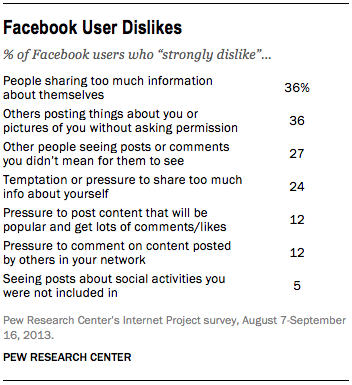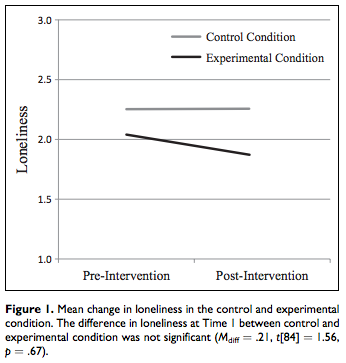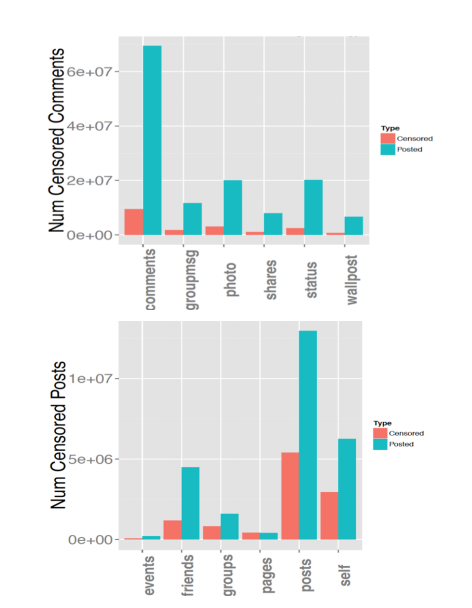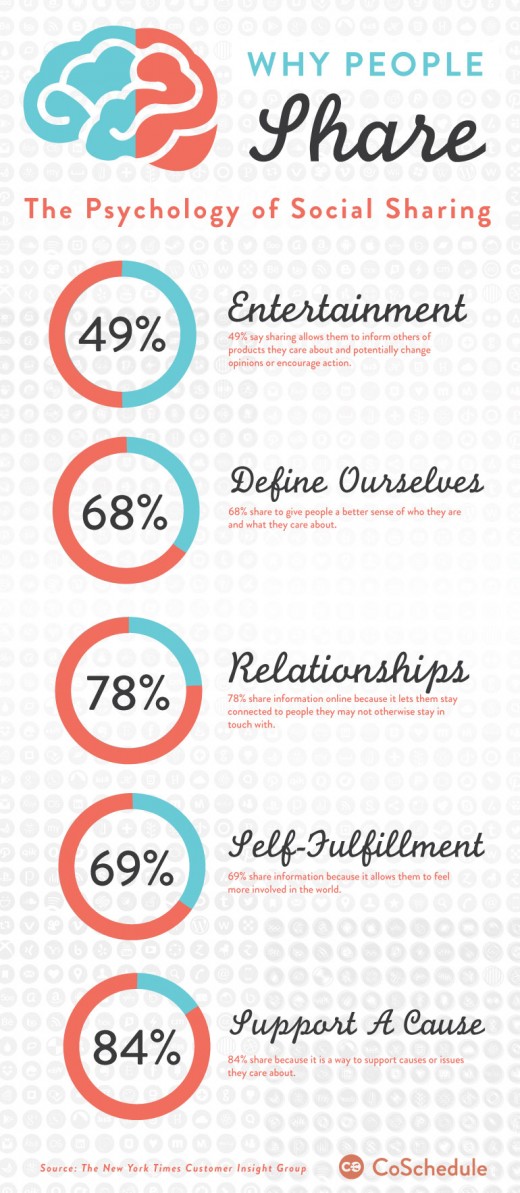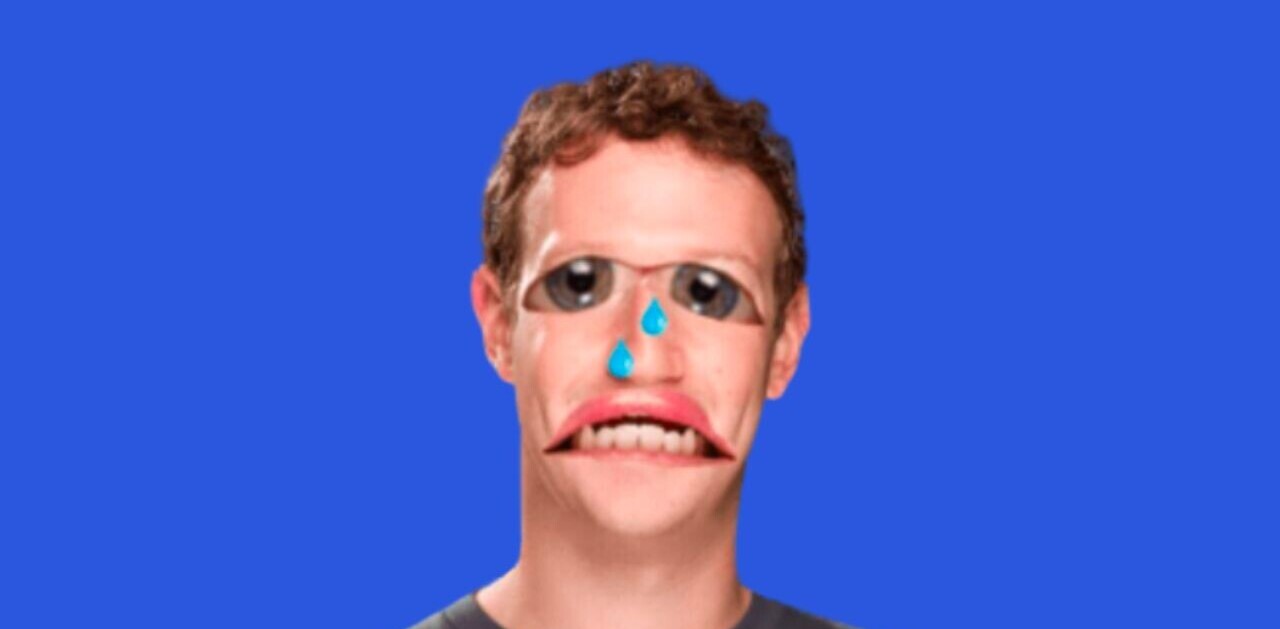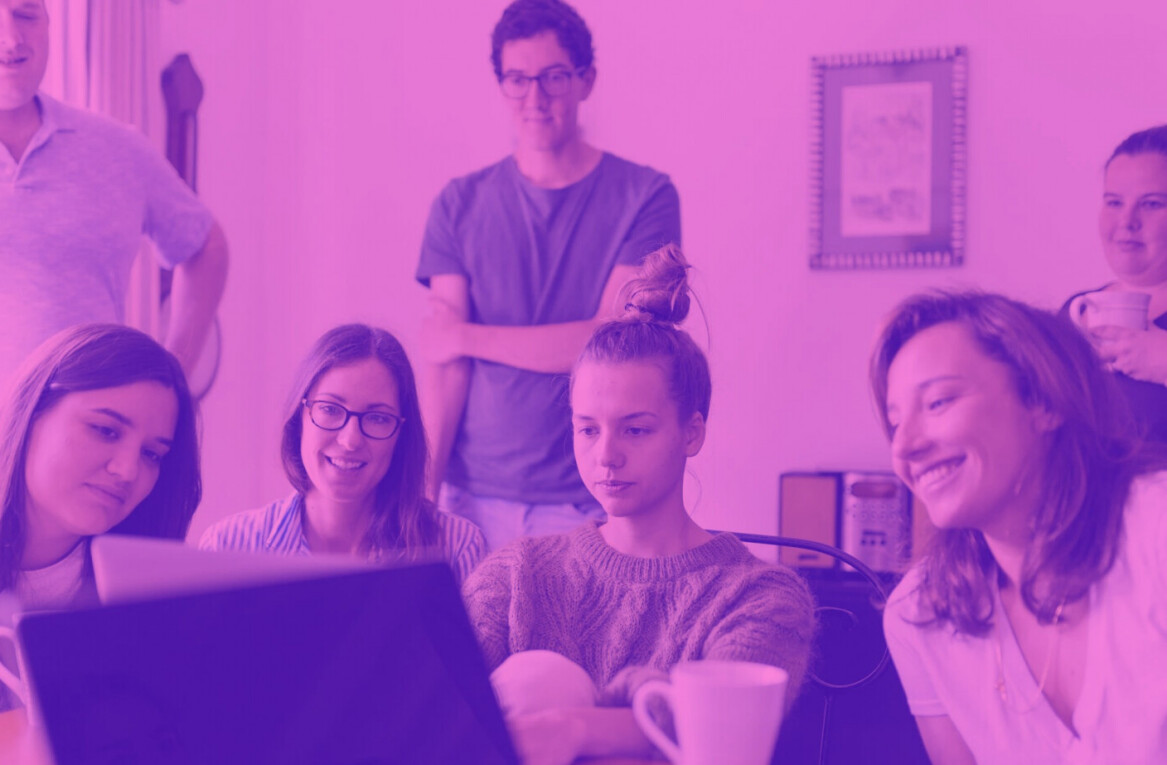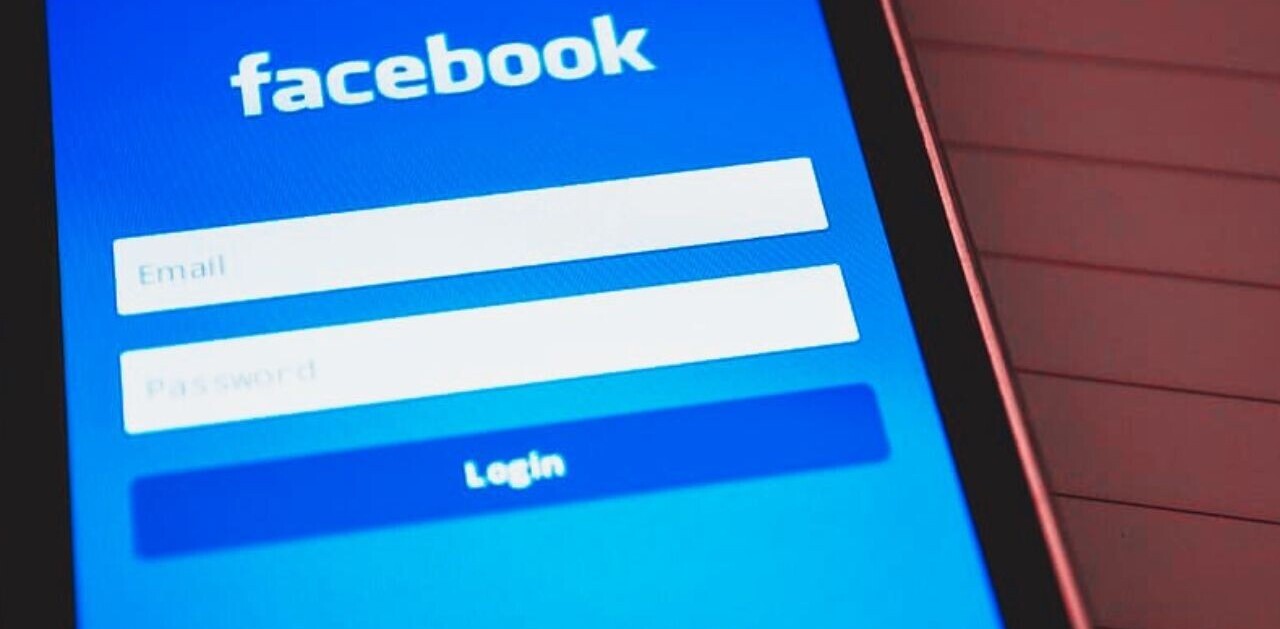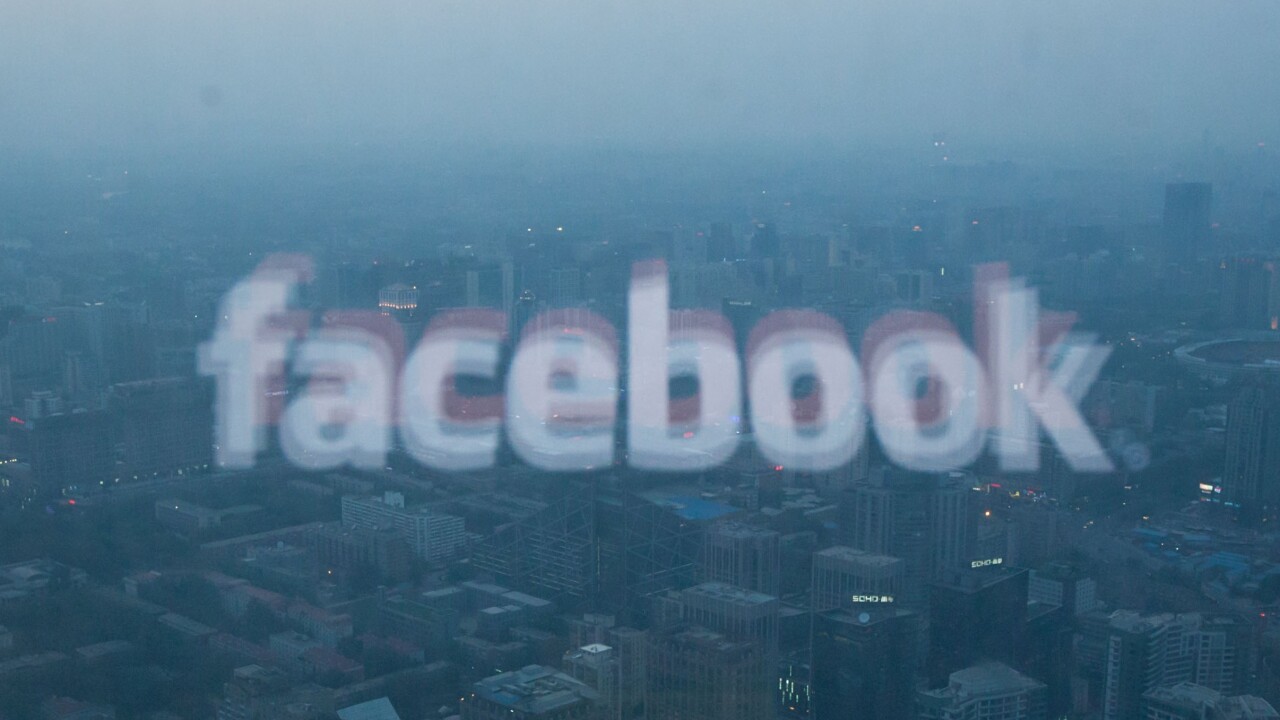
The post first appeared on Buffer.
Whenever I hop onto Facebook to do something specific—find a link I saved for later or see what’s happening on Buffer’s Facebook page, perhaps—something strange happens.
Despite my best intentions to stay on track and accomplish my goal, I get sucked in. Suddenly I’m checking my own notifications, looking at what’s been recently posted and generally forgetting why I came to Facebook in the first place.
This isn’t entirely by accident. There is science and psychology that explains why so many of us are glued to Facebook.
Researchers have discovered trends in the way that we perform every major action on Facebook—liking, posting, sharing, commenting and even lurking.
And there’s a ton of psychology involved in what makes Facebook so attractive in the first place. Here’s a look at the psychology of Facebook: what makes us like, post, share and keep coming back for more.
Why we love Facebook so much: It taps the brain’s pleasure center
Lots of studies have worked toward figuring out what exactly goes on in our brains when we’re participating in social media—specifically, Facebook.
A recent one discovered a strong connection between Facebook and the brain’s reward center, called the nucleus accumbens. This area processes rewarding feelings about things like food, sex, money and social acceptance.
When we get positive feedback on Facebook, the feeling lights up this part of our brain. The greater the intensity of our Facebook use, the greater the reward.
Another fascinating study recorded physiological reactions like pupil dilation in volunteers as they looked at their Facebook accounts to find that browsing Facebook can evoke what they call flow state, the feeling you get when you’re totally and happily engrossed in a project or new skill.
Why we “like:” Identity, empathy and practicality
Perhaps the most easily recognized currency of Facebook is the “like.”
According to Facebook:
“Like” is a way to give positive feedback or to connect with things you care about on Facebook. You can like content that your friends post to give them feedback or like a Page that you want to connect with on Facebook.
When the Pew Research Center surveyed thousands of Americans about their social media lives, they discovered that 44 percent of Facebook users “like” content posted by their friends at least once a day, with 29 percent doing so several times per day.
So what makes us like, or not like, a particular status, photo or page? Is there a method to liking? Here are some reasons why we like:
It’s a quick and easy nod
Maybe the easiest way to figure out what the like means to us is to stop using it. That’s what Elan Morgan did in a 2-week experiment she chronicled on Medium. Here’s what she discovered:
“The Like is the wordless nod of support in a loud room. It’s the easiest of yesses, I-agrees, and me-toos. I actually felt pangs of guilt over not liking some updates, as though the absence of my particular Like would translate as a disapproval or a withholding of affection. I felt as though my ability to communicate had been somehow hobbled. The Like function has saved me so much comment-typing over the years that I likely could have written a very quippy, War-and-Peace-length novel by now.”
To affirm something about ourselves
One element of Facebook that we may not realize is how often we use the Like to affirm something about ourselves. In a study of more than 58,000 peoplewho made their likes public through a Facebook app, researchers discovered that Likes could predict a number of identification traits that users had not disclosed:
“Feeding people’s “likes” into an algorithm, information hidden in the lists of favorites predicted whether someone was white or African American with 95 percent accuracy, whether they were a gay male with 88 percent accuracy, and even identified participants as a Democrat or Republican with 85 percent accuracy. The ‘likes’ list predicted gender with 93 percent accuracy and age could be reliably determined 75 percent of the time.”
To express virtual empathy
And sometimes we like in order to show solidarity or unity with a friend or acquaintance and their way of thinking. Social media can be a way of gaining “virtual empathy”—and that empathy can have real-world implications.
A study reported in Psychology Today showed that spending more time using social networks and engaging in instant message chats predicted more ability to be virtual empathic and that virtual empathy was a good indicator of being able to express real-world empathy.
Because it’s practical/we’ll get something in return
When it comes to how we choose to like brands and companies, the motivation is a bit simpler. A Syncapse study found that most people seem to make these decision based on practical reasons, like wanting to receive coupons and regular updates from companies they like.
Whereas our reasons for not liking a brand focus on privacy and quality of the social media experience:
Marketing takeaway: Likes are the penny of social media currency—spend them freely if you like, but don’t expect too much in return.
Why we comment
The answer to this one may seem kinda obvious—we comment when we have something to say!
One interesting things about receiving comments is how our brains reacts to those as compared to likes. Moira Burke, who is studying 1,200 Facebook users in an ongoing experiment, has found that personal messages are more satisfying to receivers than the one-click communication of likes. She calls them “composed communication:”
“People who received composed communication became less lonely, while people who received one-click communication experienced no change in loneliness,” she said…. Even better than sending a private Facebook message is the semi-public conversation, the kind of back-and-forth in which you half ignore the other people who may be listening in. “People whose friends write to them semi-publicly on Facebook experience decreases in loneliness,” Burke says.
Elan Morgan, mentioned earlier for her experiment in quitting likes for 2 weeks, found an additional benefit to prioritizing commenting over “Liking”—it effectively retrained the Facebook algorithm to give her more of the content she wanted.
“Now that I am commenting more on Facebook and not clicking Like on anything at all, my feed has relaxed and become more conversational. It’s like all the shouty attention-getters were ushered out of the room as soon as I stopped incidentally asking for those kinds of updates by using the Like function.”
Marketing takeaway: Comments are a powerful emotional driver. Make the most of them by engaging often with your Facebook community and replying to fans’ comments to keep the conversation going.
Why we post status updates
A Pew Research study shows that although users “like” their friends’ content and comment on photos relatively frequently, most don’t change their own status that often.
- 10 percent of Facebook users change or update their own status on Facebook on a daily basis
- Four percent updating their status several times per day
- 25 percent of Facebook users say that they never change or update their own Facebook status
This makes sense, given that the same study showed that “oversharing” was one of Facebook’s biggest annoyances for users:
So why do many of us take the time to update our status on Facebook? What is the motivation, and what are we hoping to get out of the experience? Here’s the science behind posting to Facebook.
Posting makes us feel connected
Researchers at the University of Arizona monitored a group of students and tracked their “loneliness levels” while posting Facebook status updates. The study found that when students updated their Facebook statuses more often, they reported lower levels of loneliness:
This was true even if no one liked or commented on their posts! Researcher link the drop in loneliness to an increase in feeling more socially connected.
On the other hand, when people see their social media statuses are not being engaged with as much as their peers, they can begin to feel like they don’t belong, as seen in this experiment.
What stops us from posting? A self-censoring study
Now that we know why we post, what do we know about when we don’t post? Researchers at Facebook conducted a study on self-censorship (that is, the posts you write and never actually publish).
Over 17 days, they tracked the activity of 3.9 million users and saw 71 percent of users type out at least one status or comment they decided not to submit. On average, users changed their mind about 4.52 statuses and 3.2 comments.
Researchers theorize that people are more likely to self-censor when they feel their audience is hard to define. Facebook audiences tend to be quite diverse which makes it hard to appeal to everyone. Users were less likely to censor their comments on someone else’s post because the audience was more concrete.
Marketing takeaway: People engage the most of Facebook when they feel connected to one another and understood by their audience. It’s a bonus if they think they’ll get a response in return. Can you create those conditions on your brand’s Facebook page?
Why we share: A guide to more shareable content
The New York Times did an awesome study on why we share a few years ago that remains one of the most informative on the topic of social media sharing. This study identified five major drivers for sharing:
- To bring valuable and entertaining content to one another. 49 percent of respondents say sharing allows them to inform others of products they care about and potentially change opinions or encourage action.
- To define ourselves to others. 68 percent of respondents said they share to give others a better sense of who they are and what they care about.
- To grow and nourish our relationships. 78 percent of respondents said they share information online because it enables them to stay connected to people they may not otherwise stay in touch with
- For self-fulfillment. 69 percent said they share information because it allows them to feel more involved in the world.
- To get the word out about causes they care about. A whopping 84 percent of respondents share because it is a good way to support causes or issues they care about.
Our friends at CoSchedule put all this into an easy-to-remember infographic:
Another worldwide poll by Ipsos offers some similar findings, noting that around the globe, people seek primarily:
- to share interesting things (61 percent)
- to share important things (43 percent)
- to share funny things (43 percent)
- to let others know what I believe in and who I really am (37 percent)
- to recommend a product, service, movie, book, etc (30 percent)
- to add my support to a cause, an organization or a belief (29 percent)
- to share unique things (26 percent)
- to let others know what I’m doing (22 percent)
- to add to a thread or conversation (20 percent)
- to show I’m in the know (10 percent)
Here’s a cool country-by-country breakdown:
One more thing we know about what gets shared: High-share content tends to trigger a high-arousal emotion, like amusement, fear or anger, as opposed to a low-arousal emotion like sadness or contentment.
Marketing takeaway: For content that racks up the shares, tap into one of these urges.
- Create really entertaining or very useful content that will help your audience gain social status by looking smart, cool or “in the know”
- Create content that helps your audience share more of themselves with others. You can use your brand as a rallying point and identifier or simply help them share a message that taps into who they really are
- Create content that helps your audience engage with one another and interact together
One last note: What happens when we lurk and don’t participate
Is there a darker side to Facebook? Some of the studies I uncovered worried that Facebook could be making us more lonely, or isolated, or jealous of all the seemingly-perfect lives we see there. This down side of Facebook seems to emerge mostly when we become passive viewers of Facebook and not a part of the experience.
A 2010 study from Carnegie Mellon found that, when people engaged on Facebook—posting, messaging, Liking, etc.—their feelings of general social capital increased, while loneliness decreased. But when the study participants simply lurked, Facebook acted in the opposite way, increasing their sense of loneliness and isolation.
According to researcher Moira Burke, lurking on Facebook correlates to an increase in depression. “If two women each talk to their friends the same amount of time, but one of them spends more time reading about friends on Facebook as well, the one reading tends to grow slightly more depressed,” Burke says.
Do these findings ring true to you?
It turns out there is psychology behind almost every element of the Facebook experience—and researchers can’t seem to get enough of studying our habits there.
How do these findings fit with your experience? I’d love to hear your thoughts in the comments or on Facebook!
Read Next: 12 latest tactics for posting on Facebook
Get the TNW newsletter
Get the most important tech news in your inbox each week.

